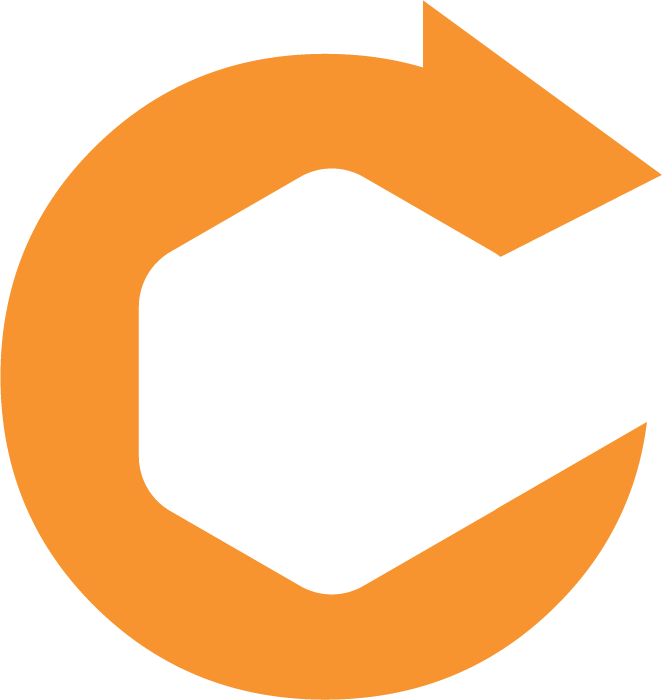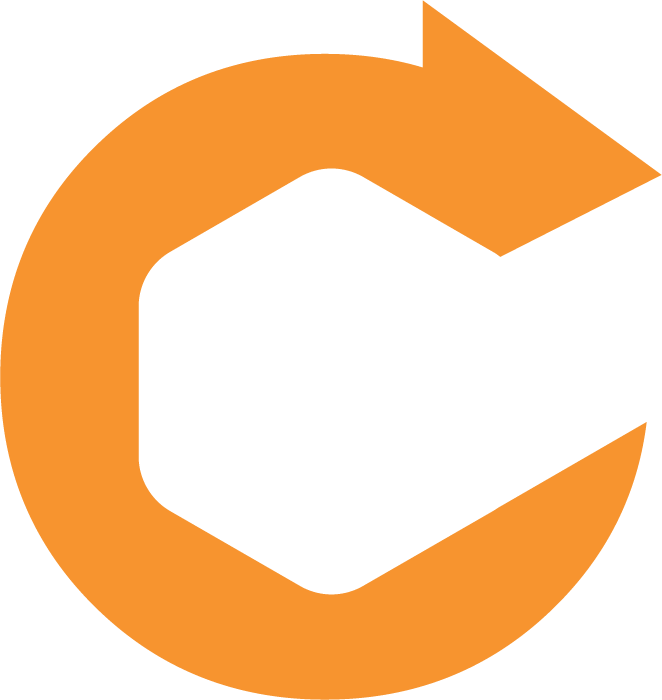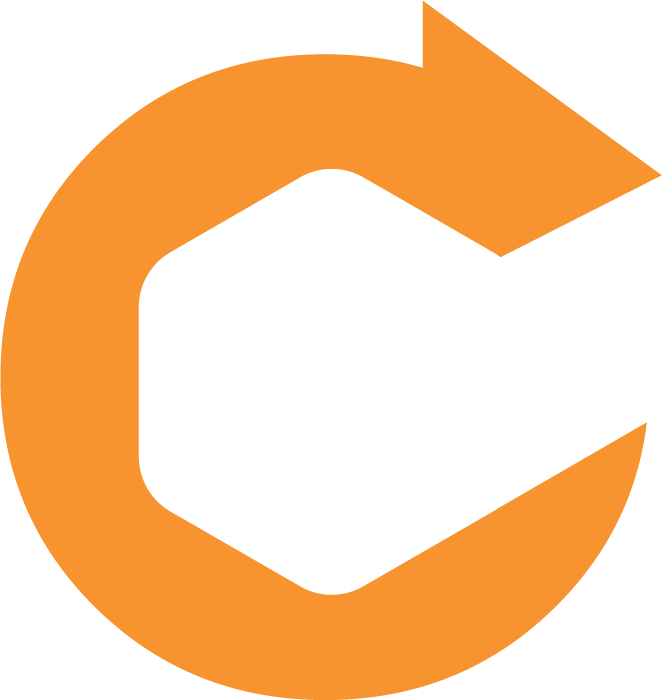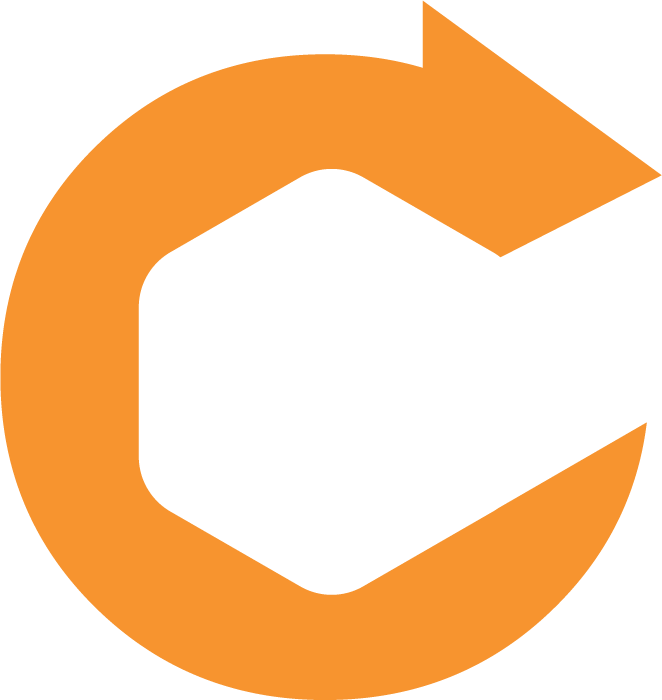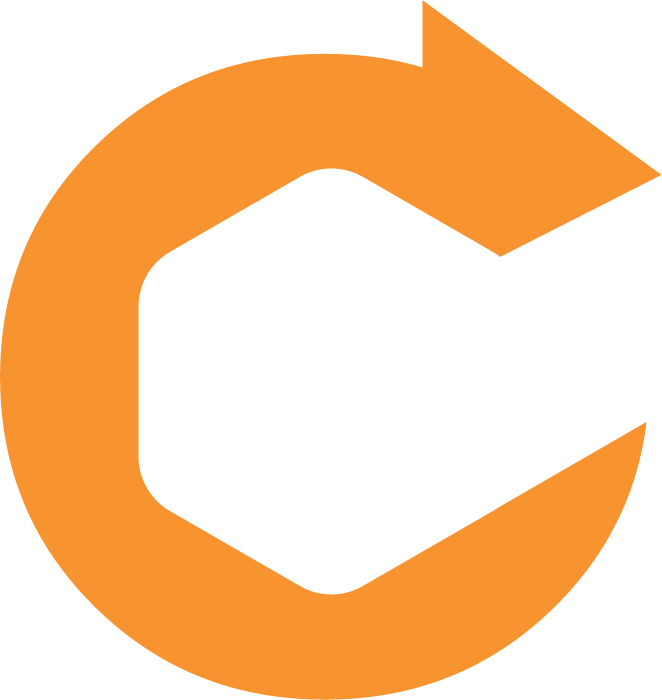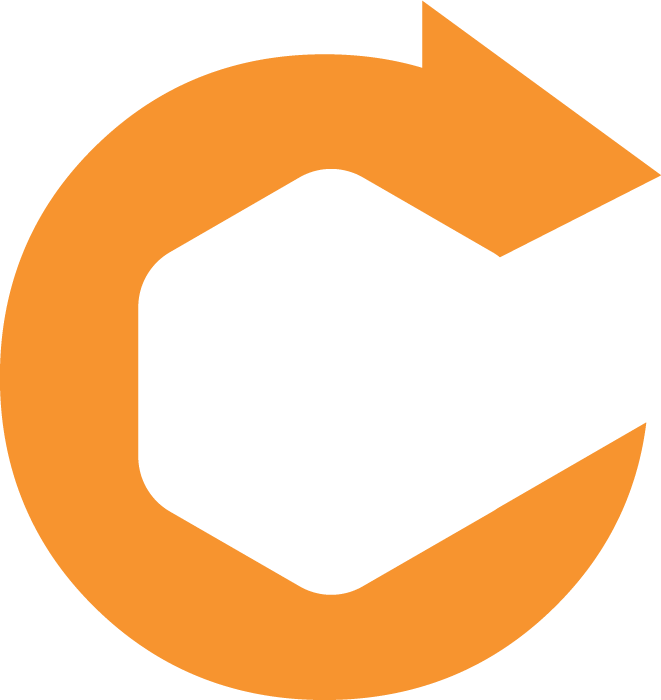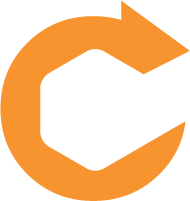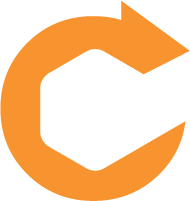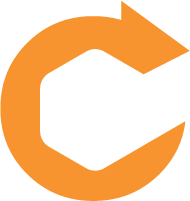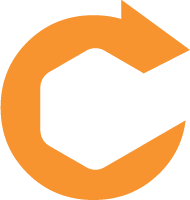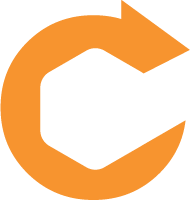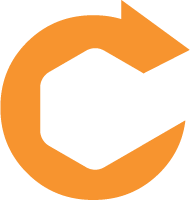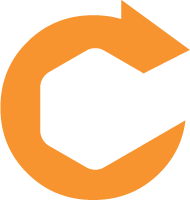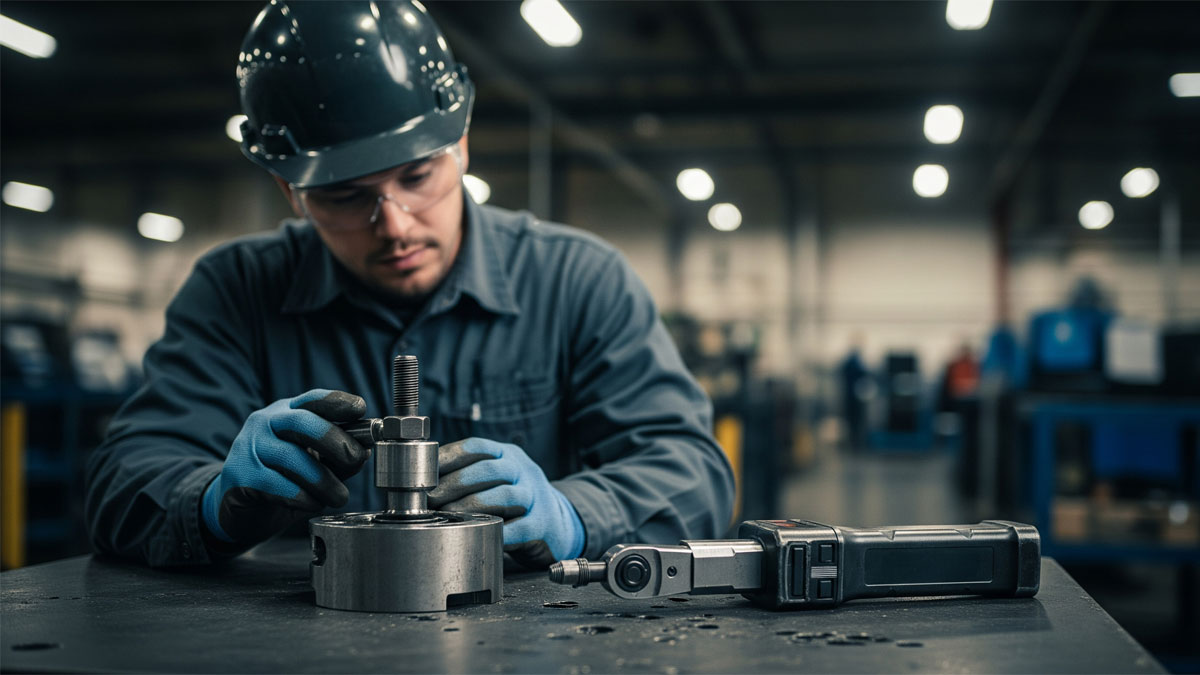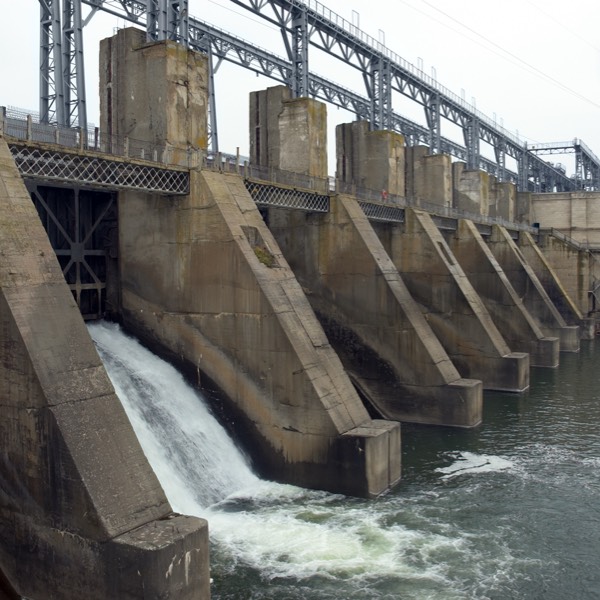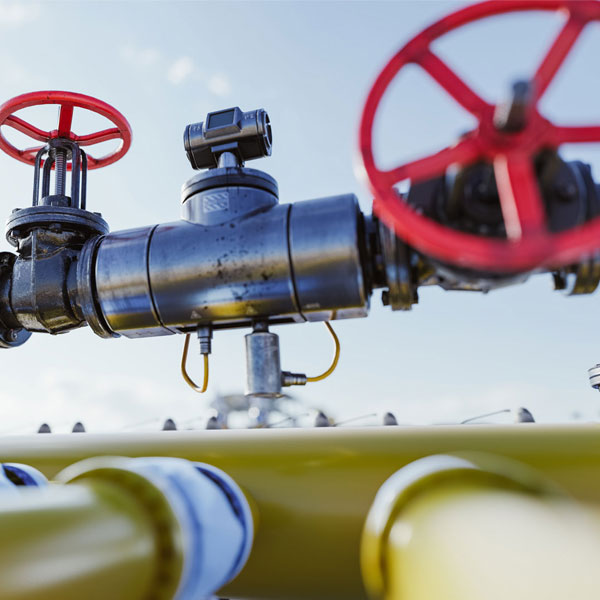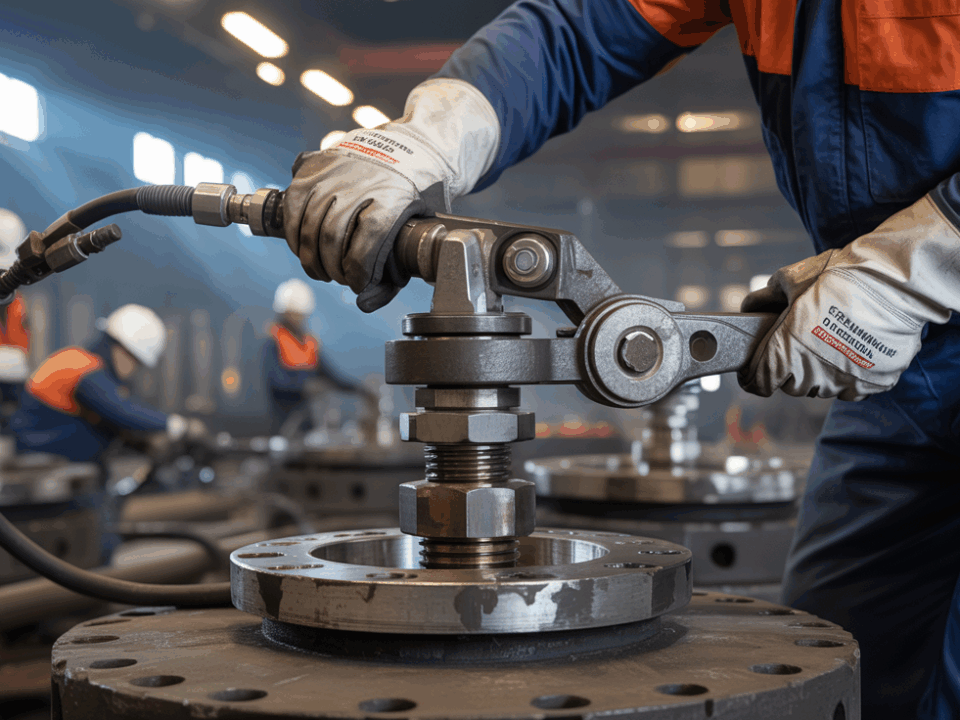
Application Insights: Pneumatic vs. Hydraulic Torque Wrenches
July 16, 2025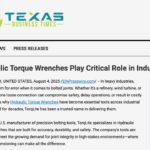
Hydraulic Torque Wrenches Play Critical Role in Industrial Joint Integrity
September 2, 2025Putting off time-consuming, tedious, or difficult maintenance work can be tempting. After all, what harm can delaying it by a few weeks or months really cause? The answer might be pretty surprising.
The truth is that overdue torque tool calibration impacts financial performance and poses operational, safety, and asset management challenges. This listicle outlines six critical considerations – from the financial drawbacks of delayed calibration to the strategic advantages of reliable calibration tools – providing research-backed insights, comparisons, and actionable recommendations for manufacturing, maintenance, and quality management.
Key Takeaways
- Timely torque calibration minimizes financial losses.
- Production flow benefits from reduced calibration delays.
- Adherence to calibration schedules enhances regulatory compliance and safety.
- Regular calibration extends asset longevity and reduces wear.
- Strategic use of reliable calibration tools improves measurement accuracy and operational efficiency.
1. Financial Drawbacks of Overdue Torque Calibration – Increased Costs and Product Rejections
Overdue torque calibration increases direct financial costs by requiring expensive rework, causing product rejections, and risking warranty claims. Studies by the National Institute of Standards and Technology (NIST, 2021) document that companies experience up to a 15% cost increase in quality management when calibration deadlines are missed. In addition, inaccurate torque measurements may lead to over-tightening or under-tightening, increasing downtime and reinspection costs.
This challenge directly affects manufacturers in industries such as automotive and aerospace, where fastener integrity is critical. Ensuring timely calibration minimizes these financial losses while sustaining the overall quality management system.
Next, we analyze the operational implications that stem from these delays.
2. Operational Risks Stemming From Calibration Delays – Disruption in Production Flow
Calibration delays can disrupt production flow by causing inconsistent torque application, leading to equipment downtime and increased maintenance frequency. Research from the Journal of Manufacturing Systems (2022) indicates that production line speed can decrease by 10% due to calibration irregularities. Inaccurate torque readings result in operational missteps that may halt manufacturing processes and compromise equipment performance.
These disruptions necessitate tighter scheduling and improved traceability procedures to maintain optimal production levels. Manufacturers must integrate routine calibration into their quality assurance protocols to avert costly operational interruptions.
Now, we can explore the safety and compliance repercussions.
3. Safety and Compliance Repercussions of Calibration Lapses – Risking Regulatory Nonconformity
Calibration lapses can jeopardize safety and regulatory compliance by leading to inaccurate torque measurements, which may result in fastener failure or catastrophic equipment malfunction. For example, nonconformity with the National Institute of Standards and Technology (NIST) standards can result in fines and operational shutdowns. Regulatory bodies demand strict adherence to torque calibration, and organizations that fail to comply risk legal penalties and compromised worker safety.
Implementing a proactive calibration schedule supported by quality assurance software ensures adherence to industry regulations, reducing the risk of injury and legal consequences.
Next, we discuss how calibration delays affect asset longevity.
4. Asset Degradation and Longevity Challenges – Accelerated Wear and Reduced Service Life
Delayed torque calibration contributes to asset degradation by causing parts to experience abnormal stress levels. Research published in the International Journal of Precision Engineering (2020) notes that improper torque application can accelerate component wear by up to 20%, thereby reducing the equipment’s lifespan and leading to premature asset replacement. The cumulative effect of these stresses impairs tool performance, even if the failure is gradual.
Regular calibration enables precise force application and proper fastener tensioning, which ultimately preserves the integrity and longevity of critical production equipment, such as hydraulic torque wrenches and torque testers.
Next, we outline strategies for scheduling calibration.
5. Strategic Scheduling for Torque Tool Calibration – Optimizing Downtime and Preventive Maintenance
Strategic scheduling of torque tool calibration optimizes production flow and improves equipment availability. Leveraging data-driven maintenance schedules and modern quality management software, companies have reported improving turnaround time by nearly 12% (Manufacturing Insight, 2023). Predictive maintenance models and risk-based scheduling facilitate planned downtime, which mitigates unexpected stoppages and increases overall equipment effectiveness (OEE).
By integrating calibration schedules into enterprise resource planning (ERP) systems, companies enhance traceability and support seamless transitions between regular maintenance and production processes. Tactical scheduling reduces risks and boosts efficiency.
Lastly, we highlight the benefits of using reliable calibration tools.
6. Advantages of Reliable Torque Calibration Tools – Enhancing Accuracy and Operational Efficiency
Reliable torque calibration tools ensure that measurements remain within acceptable tolerance limits, thus increasing the accuracy of fastener assemblies. Quality calibrated tools support precise measurements, reduce repeat inspections, and promote overall customer service excellence. Industry benchmarks show that calibrated tools can enhance process accuracy by up to 18%, leading to improved compliance and reduced maintenance intervals.
Top-tier calibration instruments also incorporate digital connectivity and software integration, which offer traceability and real-time data feedback. This technological advantage reinforces quality assurance standards and supports continuous improvement in sensitive manufacturing environments such as the automotive and aerospace industries.
The table below compares key aspects of each calibration challenge and benefit, outlining the associated risks, operational impacts, and quantified advantages.
| Aspect | Risk/Challenge | Impact on Operations | Quantifiable Benefit/Drawback |
| Financial | Increased rework and warranty costs | Up to 15% increase in operational costs | Cost savings with timely calibration |
| Operational | Disrupted production flow | 10% production slowdown | Improved continuity with scheduled calibrations |
| Safety & Compliance | Regulatory nonconformity | Potential shutdowns and fines | Reduced legal and safety risks |
| Asset Longevity | Accelerated wear of components | Up to 20% reduction in component service life | Extended asset life with regular calibration |
| Scheduling | Unplanned downtime | Lower productivity | 12% improvement in turnaround time |
| Tool Reliability | Measurement drift and inaccuracies | Inconsistent fastener performance | 18% enhancement in measurement accuracy |
This comparative table underscores how scheduled and reliable calibration improves operational efficiency and reduces risks in multiple dimensions.
Visualization options to further illustrate these comparisons include a bar chart contrasting cost impacts versus operational uptime and a matrix outlining risk versus benefit for each hydraulic tool calibration metric. These visuals help decision-makers understand the interconnections between calibration frequency, quality assurance, and production efficiency.
Final Thoughts
Delayed torque tool calibration carries significant hidden costs that affect every production and maintenance facet. Proactive scheduling and reliable calibration tools ensure enhanced accuracy and operational safety. Companies that integrate calibration into their quality management systems benefit from reduced financial burdens and improved asset longevity. Embracing these strategies creates a competitive advantage in highly regulated industries.
TorqLite hydraulic torque wrenches combine precision and reliability, backed by expert torque and tension wrench calibration for every power tool. We pride ourselves on exceptional customer service, offering fast turnaround time and detailed calibration certificates for every audit. Our calibration services ensure each tool performs within the correct unit of measurement and withstands the required pressure levels.
Whether preparing for an audit or maintaining compliance, our knowledgeable technicians guarantee accuracy and consistency. Trust our team for reliable torque solutions and expert support, because the proper calibration makes all the difference in high-pressure environments.
Frequently Asked Questions
How do you calibrate a torque wrench?
To calibrate a torque wrench, use a torque tester or use a professional calibration service. Proper calibration ensures accurate and reliable torque measurements.
Where can I get a torque wrench calibrated?
You can calibrate your torque wrench at certified calibration labs, tool repair shops, and some hardware stores, or by sending it directly to the manufacturer, such as TorqLite.
How much does it cost to calibrate a torque wrench?
Calibration costs vary, typically starts at $250, depending on the service provider, wrench type, certification needs, and whether adjustments or repairs are required.
